Optional Practical Training
International Students
Optional Practical Training
Optional Practical Training (OPT) is a way for students on F1 visa to engage in lawful employment and gain valuable work experience to further their studies in their field.
Qualifying students can apply for 12 months of employment authorization from U.S. Citizenship & Immigration Services (USCIS). If your application is approved, you will be granted an Employment Authorization Document (EAD) that authorizes your employment in the U.S. so long as your employment relates to your major. Importantly, however, authorization to engage in Optional Practical Training employment is automatically terminated if the student transfers to another school or begins study at another educational level.
Optional Practical Training permits full-time employment unless school is in session, in which case you may only work 20 hours/week maximum. Further, you become eligible for a new 12-month Optional Practical Training period after you jump to a higher educational level.
Further, an Optional Practical Training student may work as a volunteer or unpaid intern only if this practice does not violate any labor laws. According to the Department of Labor’s rules, an unpaid internship must meet strict requirements, including, but not limited to, that the internship is for the intern’s (not just the employer’s) benefit, that the internship is similar to training that would be given in an educational environment, and that the employer derives no immediate advantage from the activities of the intern.

STEM Optional Practical Training Extension
F1 students with a bachelor’s, master’s or doctoral degree from an accredited U.S. institution in a science, technology, engineering, or mathematics (STEM) field are eligible for the typical 12-month OPT work authorization and then an additional 24-month extension. As with the regular OPT, the student may be eligible for a new 24-month extension after completing a higher degree.
For example, if the student gets a Bachelor of Science degree in Mechanical Engineering, she is eligible for 1 year of OPT and potentially 2 more years of STEM OPT. If she then goes back to get her master’s degree, she is eligible for another year of Optional Practical Training and 2 more years of STEM OPT – but only so long as her master’s degree is also in a STEM field; if the degree is not in a STEM field, she would not be authorized for the second 2-year STEM OPT extension.
The student’s work must be directly related to her STEM degree and employment must be with an e-Verify employer. Further, the employer and employee are required to prepare a detailed training plan identifying goals for the practical training and explaining how those goals will be achieved through the work. The training plan also requires the employer and employee to describe the performance evaluation process and the methods of employer oversight.
Off-site consulting is permitted by the STEM OPT program so long as it meets these strict requirements. The government may engage in site visits to the student’s workplace to ensure that the training is taking place.
Unemployment while on OPT and STEM OPT
Students on the 12-month Post-Completion OPT may have up to 90 days of unemployment. However, the student must work at least 20 hours per week to be considered employed. Further, if you later seek other immigration benefits, such as a change of status to H-1B, USCIS may request cumbersome evidence to establish that you were within these unemployment limitations.
For those with a 24-month STEM extension, an additional 60 days of unemployment is permitted, up to a total of 150 days. All changes in employment must be reported to the student’s Designated School Official (DSO).
Travel while on OPT
Time spent outside the U.S. generally counts as unemployment against the 90/150-day limits unless the student is either employed during authorized leave or travelling as part of her employment.
Additionally, whether or not you will be permitted to return to the U.S. on F1 status depends largely on the facts of your case. For example, if you have an approved EAD but do not yet have a job offer, entry to the U.S. will be decided at the discretion of the U.S. Customs and Border Protection officer – even if you have a valid F1 visa and a Form I-20 endorsed for travel by your DSO. As the risks involved in travel are highly dependent on your factual situation, it is important that you consult with an experienced attorney to discuss your options before travelling.
“Cap-Gap”
Many F1 students choose to pursue employment in the U.S. through the H-1B nonimmigrant visa. The number of new H-1B visas available each year is capped at a number that is consistently met on the first day of filing year-after-year. As such, USCIS requires H-1B employers to register their H-1B candidates in advance and then conducts a lottery to see who can file a petition in any given year.
Further, by regulation, an employer cannot file an H-1B more than six months before the date of actual need for the employee’s services – and the USCIS fiscal year begins on October 1. As a result of this process, the earliest date that an employer can file an H-1B is April 1 for an October 1 start date. The term “cap gap” refers to the period of time between when an F1 student’s OPT (or STEM OPT) would ordinarily end and October 1.
Cap gap is generally available to a student seeking a change of status to H-1B with an EAD that expires somewhere between the date the employer files the H-1B petition and October 1. The Cap gap extension automatically extends the student’s work authorization until September 30 – no action is required although it is important that the student work closely with her employer to be sure that the H-1B is properly filed to take advantage of this benefit.
Hire a Skilled Law Firm
Advice from a good immigration lawyer is imperative for international students seeking work authorization. The knowledgeable attorneys at Shihab Burke, LLC, Attorneys At Law can help foreign nationals as well as their employers by providing sound legal advice and services. Our offices are in Dublin and Columbus, Ohio and in Troy, Michigan, but we also work with clients from all parts of the world. From anywhere in the world, feel free to phone or email one of our skilled attorneys at Shihab Burke, LLC, Attorneys At Law, so we can talk about your specific visa needs and options.
Rad more about Optional Practical Training here.
